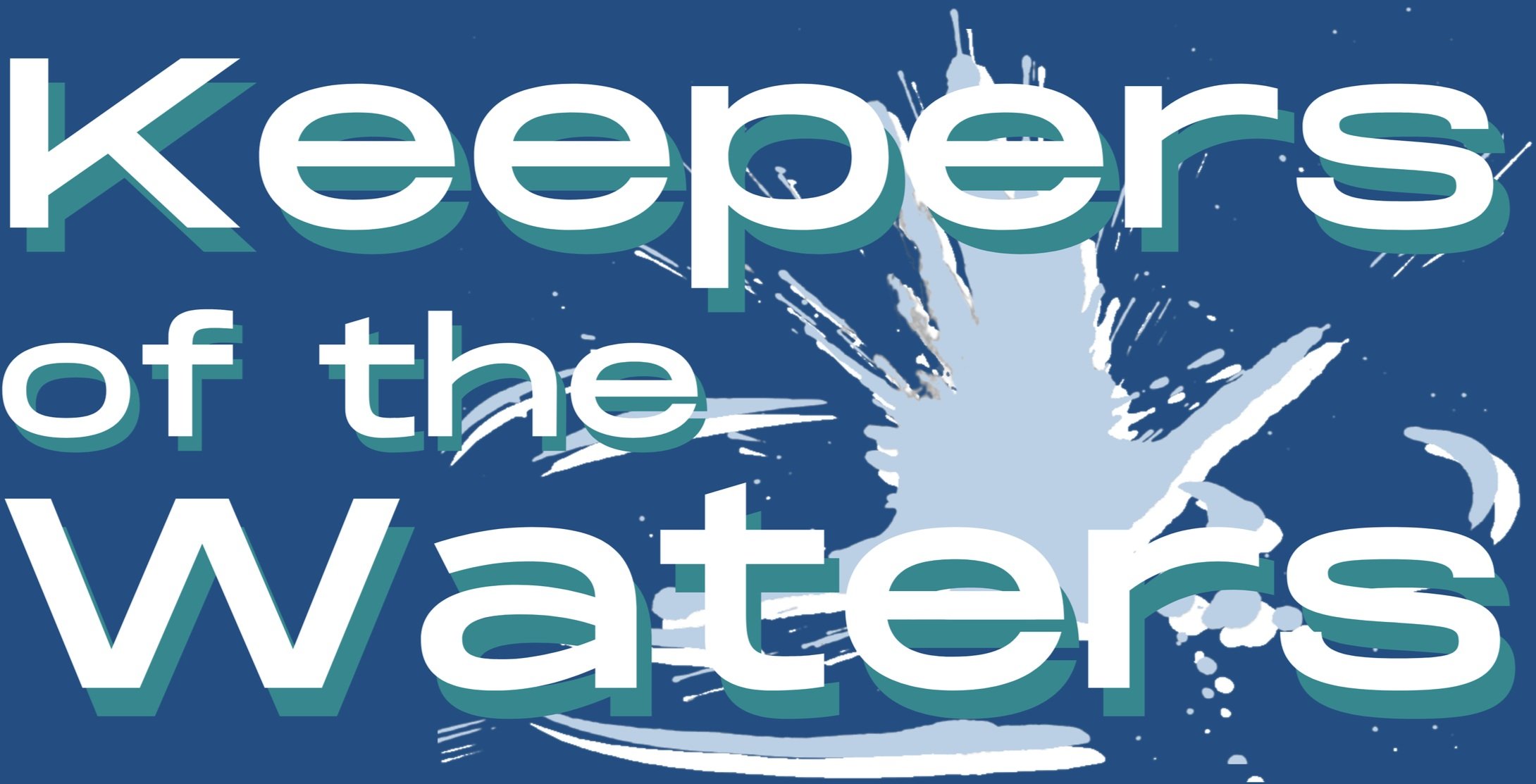How to Protect Our Rivers
A river can only be as clean as the water upstream.
OUR RIVERS AND STREAMS ARE THE LIFE-GIVING ARTERIES OF OUR LANDS
Rivers in the United States face serious threats: diversions, riverbank alterations, dams, and pollution. Because rivers play such a huge role in commerce, from agriculture to barge-based shipping—it can seem daunting to stand up for rivers' role as nature's life-giving arteries. Here is a list of concrete actions, large and small, that benefit rivers.
Buffer Zones: Preserving or planting vegetation along rivers and creeks filters out pollutants, controls erosion, provides habitat and nutrient input into the stream, and provides shade to cool and protect aquatic life.
Manage Livestock: Laws that require fences between livestock and rivers prevent contamination.
Ban Phosphorous & Nitrogen Fertilizers: These fertilizers cause algae blooms that starve out native species and create dead zones in the ocean.
Support Dam Removal: Damns interrupt the essential connectivity of life upstream with life downstream.
Regulate Development: Suburban sprawl and other concrete-heavy developments destroy the ground's capacity to absorb runoff. The result is increased flooding and more unfiltered pollution entering rivers.
Dialogue with Polluters: The biggest challenge to cleaning up our rivers has been a lack of coordination. Polluting industries will never agree to a change unless they all agree to a change.
What you can do right now:
The first thing you can do to support the water around you is log onto Google Maps and spend 5 or 10 minutes studying the rivers, creeks, and even drainage ditches around your neighborhood. It becomes 10x easier to make river-friendly choices once we know where our waters drain to. Next, Google your closest river or creek's name to see what organizations already exist to advocate for that water. Many organizations offer clear tips on how to better care for our waters on an individual level: from using less harmful detergent to avoiding harmful lawn fertilizers, to more active choices like taking a few hours to plant grasses along a vulnerable stream.


